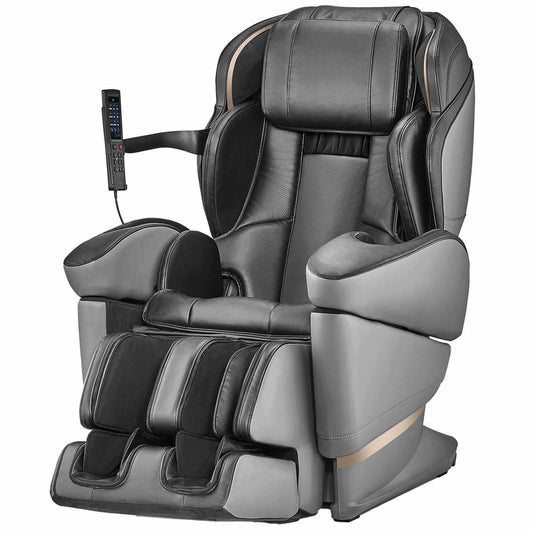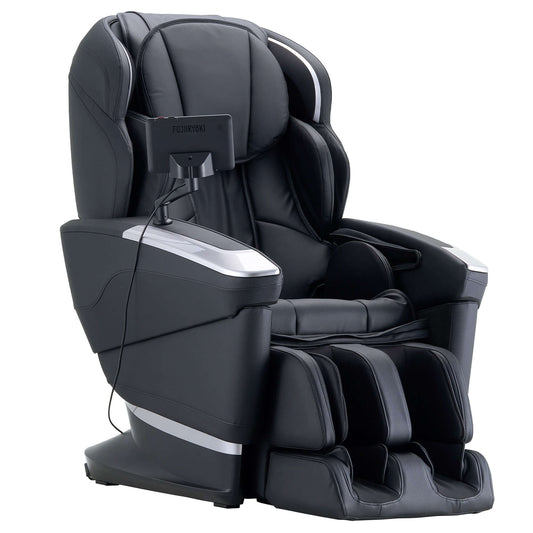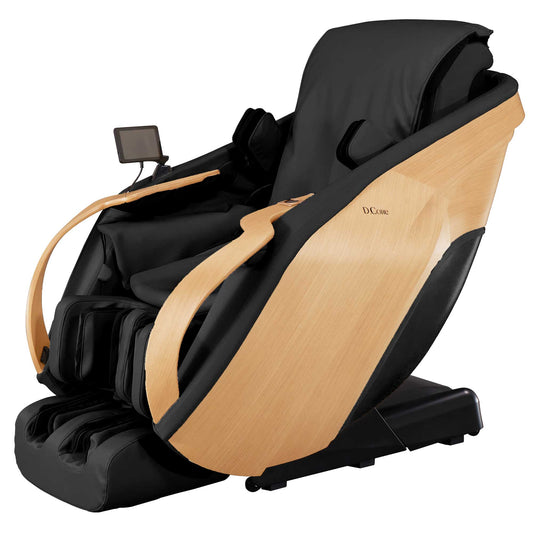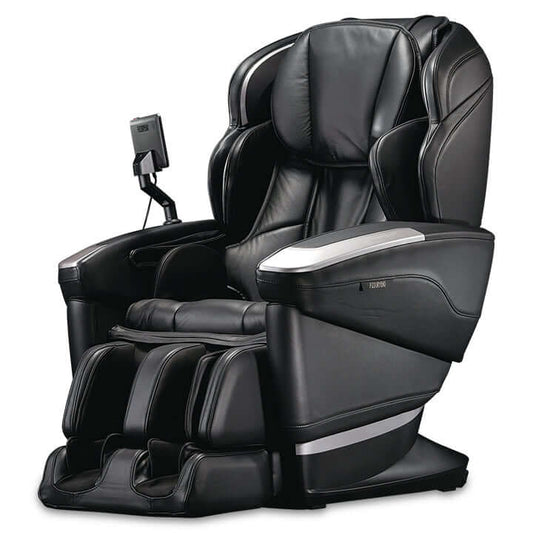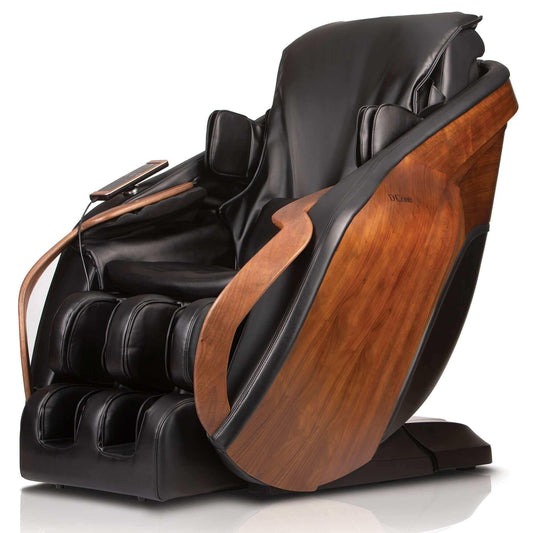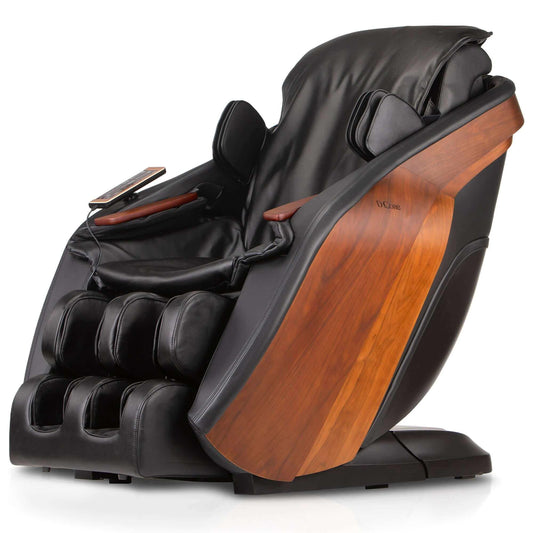History Of Massage Chairs
The Origin of Massage Chairs: Nobuo Fujimoto’s Pioneering Invention
Introduction
Massage chairs have become an integral part of our modern lifestyle, offering relaxation and rejuvenation at the touch of a button. But how did these remarkable devices come into existence? Let’s embark on a journey through time to explore the fascinating history of massage chairs, with a special focus on the FUJIIRYOKI automatic massage machine, a true pioneer in this field.
Nobuo Fujimoto: The Visionary Inventor
In the 1950s, Japan was a hub of innovation, and massage therapy was deeply ingrained in its culture. Nobuo Fujimoto, an ingenious inventor from Osaka, had a vision: to create a chair that could replicate the precise finger pressure technique used by skilled massage therapists. His goal was to provide people with a convenient way to experience the benefits of massage without leaving their homes.
The Birth of the First Massage Chair
Fujimoto’s journey began with a simple wooden device. Although primitive compared to today’s sophisticated designs, this humble chair marked the birth of a new era in massage therapy. Let’s delve into the details:
- Design and Mechanism: Fujimoto’s creation featured kneading balls strategically placed to mimic the hand motions of a skilled masseur. When a person sat in the chair, these kneading balls would move rhythmically, providing a soothing massage experience.
- Inspiration: Fujimoto’s inspiration came from his observations in public baths. As he sold brushes to bathhouse visitors, he realized the need for a relaxation solution that could be easily accessible. Spare parts like bicycle chains, car handles, and even baseballs found their way into his early prototypes.
- Impact: Although rudimentary, Fujimoto’s massage chair garnered attention. People marveled at the idea of receiving a massage without the need for a human therapist. It was a revolutionary concept that laid the groundwork for future innovations.
Electric Massage Chairs: A Leap Forward
Following Fujimoto’s pioneering efforts, others recognized the potential of electric massage chairs. These early models used motors, gears, and rollers to simulate massage techniques. While still far from today’s advanced technology, they represented a significant leap forward. Features like rolling, tapping, and kneading actions brought users closer to experiencing the human touch.
Airbag Technology and Customization
The massage chair industry continued to evolve. Enter airbag technology—a game-changer. Airbags allowed for delicate yet effective massaging of various body areas, including arms, legs, and hips. Users could customize their massage experience, adjusting the strength and targeting specific muscle regions. Microprocessor advancements further enhanced customization, offering pre-programmed massage sessions or personalized programs.
3D and 4D Massage Rollers: Realism Unleashed
The invention of 3D and 4D massage rollers elevated massage chairs to new heights. These advanced rollers closely mimicked human hand movements, providing a more realistic massage experience. Suddenly, users could enjoy massages that felt remarkably similar to those delivered by skilled therapists.
Conclusion
From Nobuo Fujimoto’s wooden chair to today’s cutting-edge massage chairs, the journey has been one of continuous innovation. The FUJIIRYOKI automatic massage machine remains a testament to human ingenuity—a humble beginning that revolutionized relaxation and well-being. So the next time you sink into your cozy massage chair, remember the visionary inventor who started it all.

